-
Posts
319 -
Joined
-
Last visited
-
Days Won
14
Content Type
Profiles
Forums
Blogs
Gallery
Events
Store
Posts posted by TracA
-
-
Greetings,
A new entry for this topic. My Second Class Merit Badge with Attachment. The attachment was awarded for recruiting more than 200 new members.
The badge is 1.25 inches in diameter with a suspender bar of the same width. The attachment is in the form of a .375 inch diameter cherry blossom between the suspender bar and the badge. Gilt color with a red star. The box is wood, 2.75 inches wide x 4 inches long.
I hope that you enjoy.
Tracy
Obverse:
Reverse with a single, central column inscription 愛國婦人會有功章, Women’s Patriotic Association Merit Badge:
Box lid with a two column inscription in gilt kanji. The right column reads 愛國婦人會, Women’s Patriotic Association and the central column reads 貮等有功章附加章, Second Class Merit Badge With Attachment:
0 -
I have recently obtained a WPA Special Member badge. Dimensions and construction are like the Regular Member badge except that the Special Member badge is in gilt. The example that I obtained has the Gyokuhō workshop stamp on the inside of the box lid. Some pictures below.
Enjoy.
Tracy
Obverse:
On the reverse the inscription on the badge is in three columns: center column is 愛國婦人會 for “Women’s Patriotic Association”; left column is 会員 for “member”; right column is 特別 for “special”. On the reverse of the suspension pin back is 掛ー襟半 for “hanging collar half” or “to wear badge on kimono half-collar.” (Thank you JapanX!).
Box lid with the following inscription: 特別 “special” across the top and 会員章 “member badge” down the center.
Gyokuhō workshop stamp on the inside lid of the box, 玉寶堂製 for “Gyokuhō made” and the horizontal column is 東京 for Tokyo.
0 -
Nick, thank you as always.
Tracy
0 -
Greetings,
I have a new addition to this topic: a Third Class Merit Badge with Attachment. This one is missing the red enameled star. I assume that it must have fallen off as the adhesive spot is clearly visible in the center of the depression where the star would normally be.
This Merit Badge was awarded for recruiting more than fifty members and the attachment was added for recruiting more than 100 new members. See Medals of Asia at https://asiamedals.info/threads/history-and-badges-of-greater-japan-womens-patriotic-association.23765/.
Enjoy.
Tracy
Obverse with missing red enameled star:
Reverse with inscription 愛國婦人會有功章 for Women’s Patriotic Association Merit Badge:
The case lid has, as No One posted above, “beautiful calligraphy”. The right column reads 愛國婦人會 for Women’s Patriotic Association and the central column reads 参等有功章附加章 for Third Class Merit Badge With Attachment:
0 -
Azyeoman,
Yep, clicking on the image worked. Thanks for pointing me towards that thread. Wonderful stuff.
Nice saki cup!
All the best,
Tracy
1 -
-
Azyeoman,
Thanks. If you intended to insert a URL to the thread, then for some reason the URL didn't come through.
All the best,
Tracy
0 -
Azyeoman,
Beautiful badge. It is always a great bonus when you also have the case.
Any idea what the badge is for?
Tracy
0 -
-
Mine arrived yesterday. Beautiful pin. Thank you Nick, and thank you for everything that you do for the GMIC. My knowledge of my collecting area has grown exponentially because of your site and those on it who participate.
All the best,
Tracy
1 -
Thank you for the links. Fascinating reading.
All the best,
Tracy
0 -
No One,
Wow. I had no idea that the PLA had a presence in Djibouti. Very interesting.
Tracy
0 -
Nick,
No need to apologize. Thank you for the information. It is much appreciated.
Tracy
0 -
Hello No One and JapanX,
Thank you both for all of the great information and clarification of the kanji issue related to my question, and Nick, thank you for the time coordinate information related to the Meiji/Taisho style vs. Showa style. I will certainly keep this in mind.
You have both helped me tremendously as I try to work through my case lid kanji questions. It is by no means easy and now I partially know why I dropped out of my fifth semester Japanese language class when I was in college, 36 years ago. 😃 On the other hand, perhaps I shouldn’t have dropped out of that class. 😔
All the best,
Tracy
0 -
The last post in this exceptionally helpful thread (to echo azyeoman) was about 15 months ago. Perhaps my addition will help to close the loop.
See Martin, Michael J. Japanese Military And Civilian Award Documents 1868 - 1945. Atglen Pennsylvania: Schiffer Publishing Ltd., 2016.
This book was suggested to me by No One and I have found it to be a very informative and educational work.
All the best,
Tracy
0 -
Using my Internet search skills I find that the kanji indicating that the number coming after it is an ordinal is 第. Below is a picture of the first two characters of two, for example, Order of the Rising Sun case lids. The one on the left identified as a Showa period 4th class and the one on the right identified as a Meiji (and Taisho?) period 6th class.
Here is my question: the first kanji below are to my mind different stylizations of the same kanji but are they stylizations of 第 or are they stylizations of a different kanji?
As always, all assistance is greatly appreciated.
Tracy
0 -
Greetings,
I just obtained this wonderful Post 2003 Reform Order of the Sacred Treasure, Gold and Silver Rays. The triangular ribbon is approximately 45mm wide by 40mm long, light blue with a 4mm yellow stripe that is 3mm from each edge. The award is approximately 46mm by 74mm. The reverse and outermost rays are in silver, the innermost rays and rest of the badge are in gold.
On the reverse the hallmark F5 is stamped at the bottom of the paulownia leaf at 6h.
All the best,
Tracy
Obverse:
Reverse:
Hallmark F5:
0 -
Coming back to this thread after a while.
Above I posted one of my Women’s Patriotic Association Special Supporter Member Badges (yellow enamel) and some subsequent research, courtesy of JapanX’s reply, led me to determine that it is an example of the 5th variation. Below is a picture of another WPA Special Supporter Member Badge that I just picked-up. Given the pin construction this is either the 1st or 4th variation, but the shape of the two central leaves at 6h determine that it is indeed an example of a 1st variation badge.
See: Medals of Asia at https://asiamedals.info/threads/special-supporter-member-badge-of-womens-patriotic-association.25981/
Tracy
0 -
-
Hello No One,
That JOMSA cover article, was it written by you?
Sincerely,
Tracy
0 -
Below is my example of the Showa Enthronement Commemorative Medal. This one has a hallmark ‘N’ on the top of the suspension ball. I think that the medal is quite beautiful.
Question: are there any known time coordinates for this ‘N’ mark? Any ideas which manufacturer it might represent?
Thank you.
Tracy
Obverse, with 萬歳 for “Banzai” under the pavilion:
Reverse with 大禮記念章 for Grand Enthronement Commemorative Medal inside the banner and on the bottom edge from about 4h to 8h reading 昭和三年十一月 for Showa 3rd Year 11th Month, i.e. November 1928:
Mark ‘N’ on the suspension ball:
Purple case, with the name of the medal on the lid in gold kanji:
0 -
Nick,
Got it. Thanks much.
Tracy
0 -
Hello Nick,
Please excuse the ignorance of my question, as I know nothing about award documents, but why is it that in this (these) instance(s) the indications of Rising Sun orders and Sacred Treasure orders are indistinguishable? Just trying to pick-up a bit of knowledge.
Thank you, as always.
Tracy
1 -
Nick,
As always, thank you for sharing your knowledge.
All the best,
Tracy
0


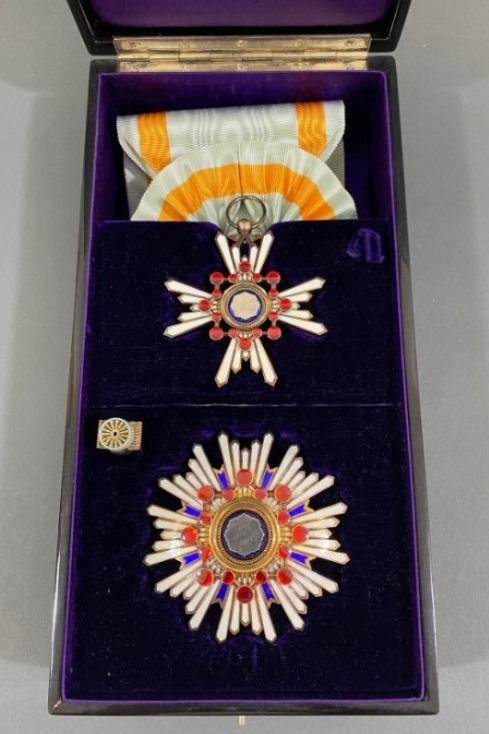
(1).thumb.jpg.38cff8cd9c5d55311a4208b0a83448ba.jpg)
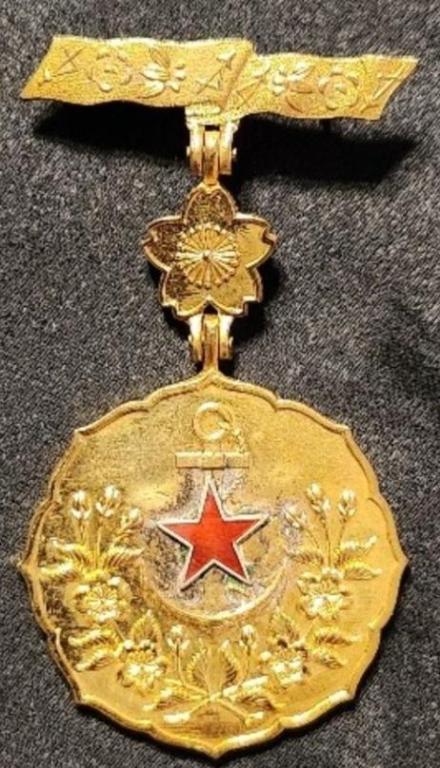
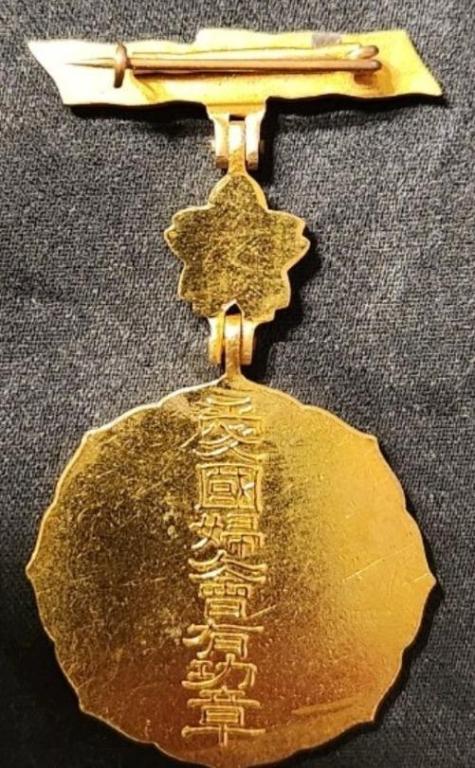
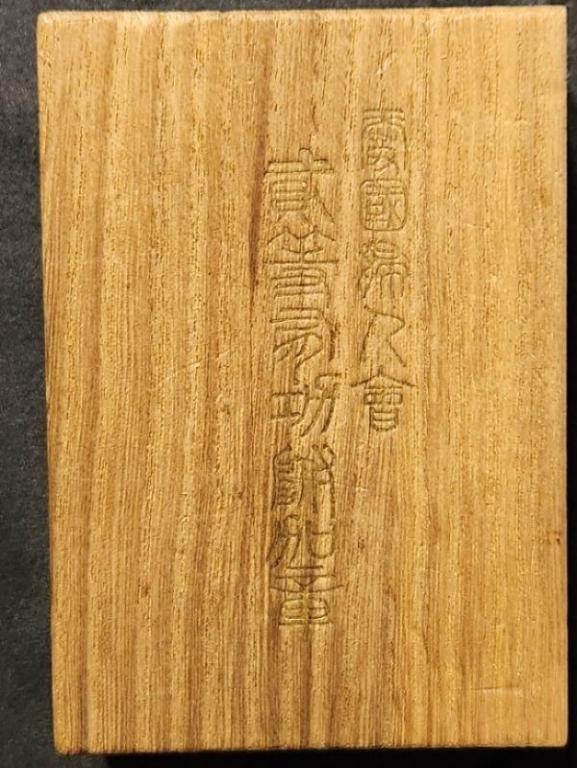
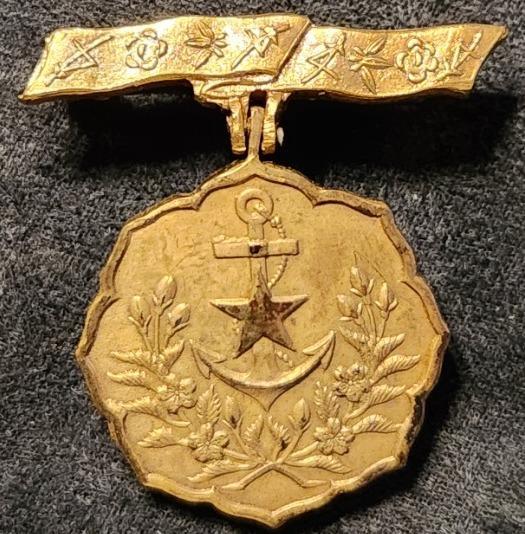
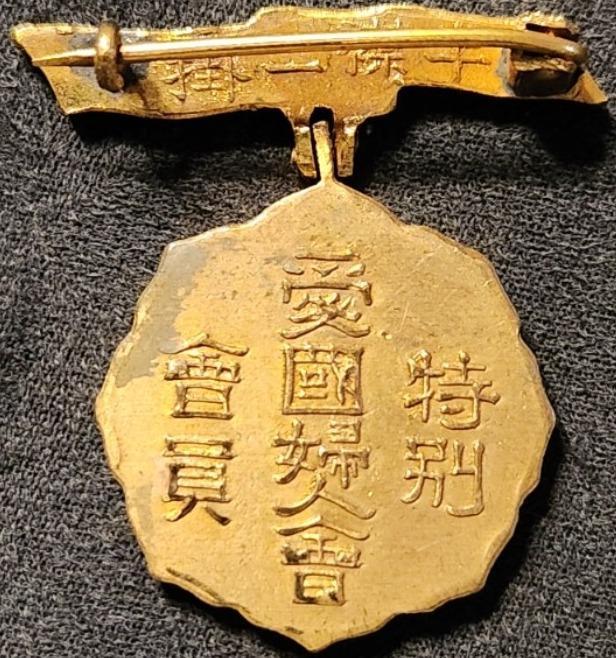
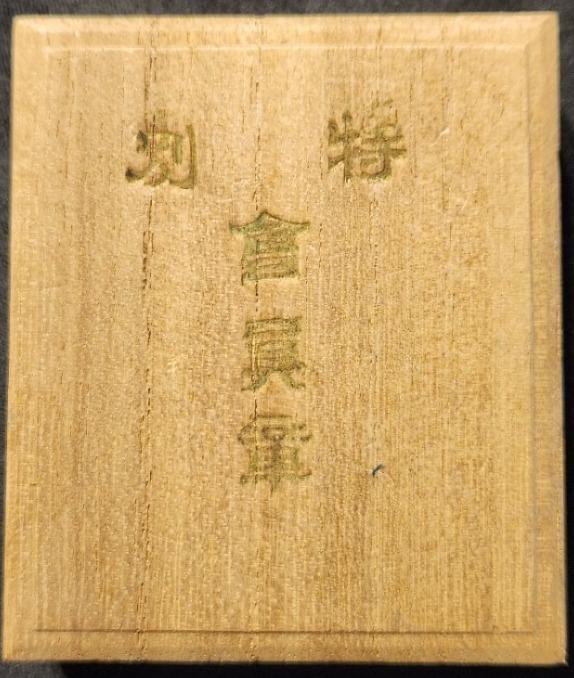



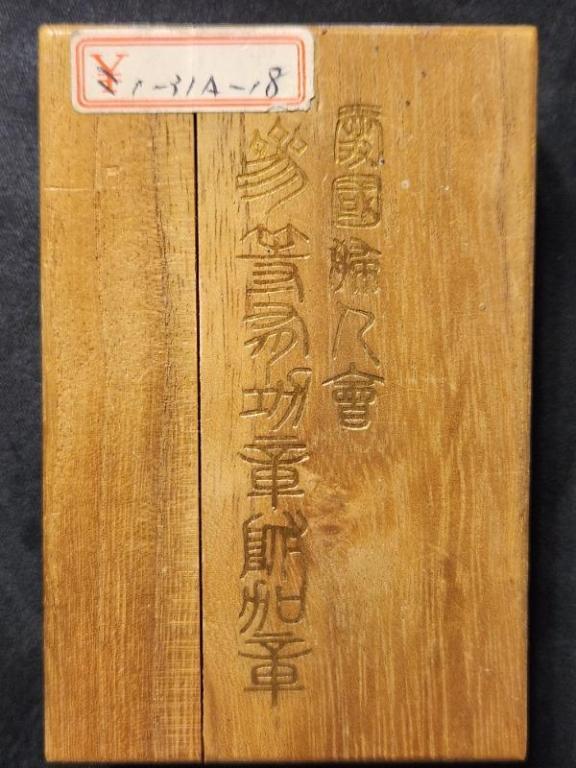
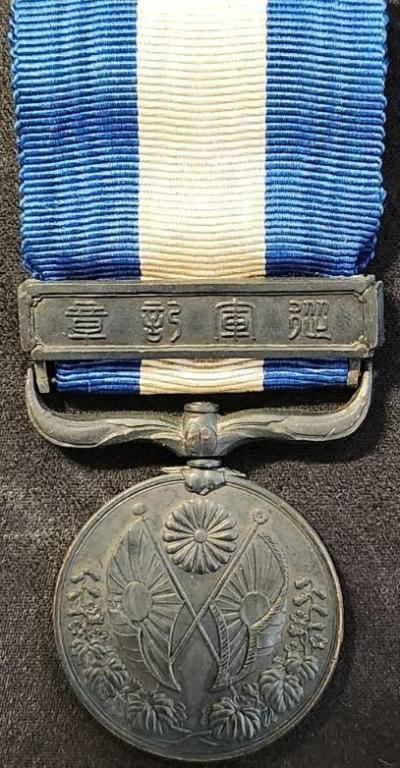
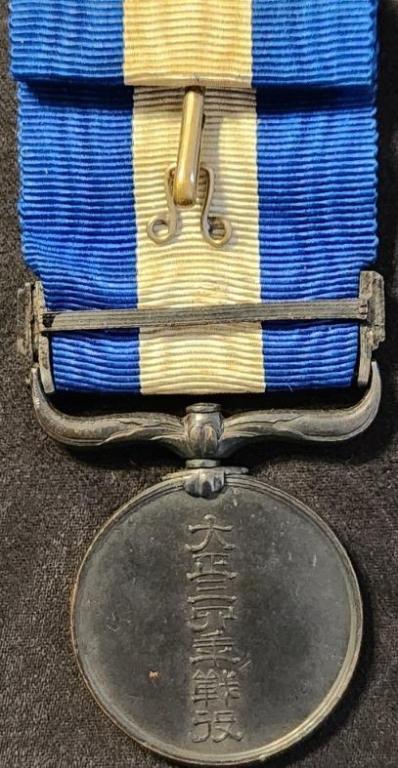
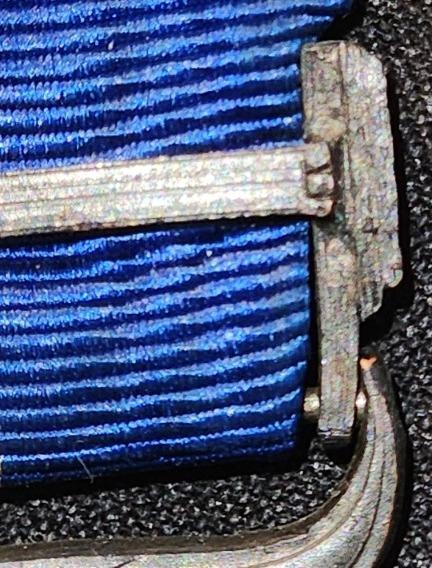
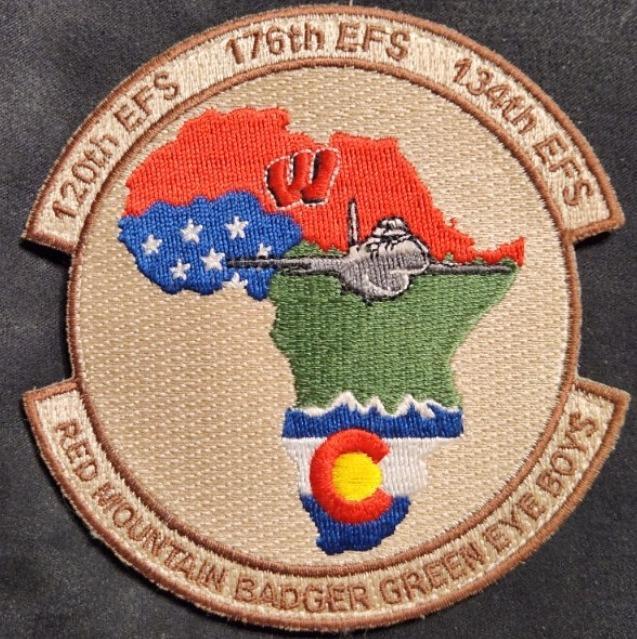

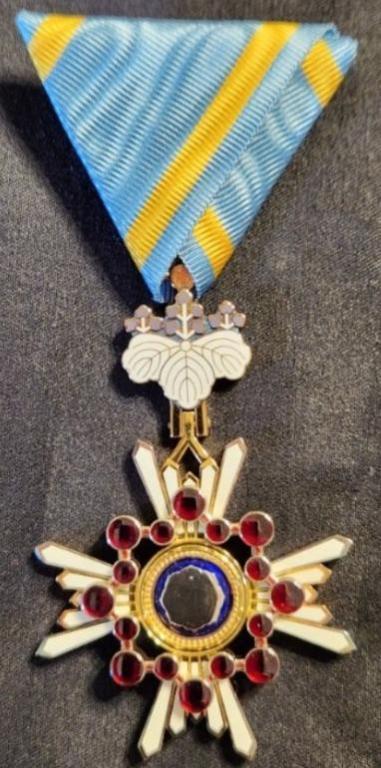
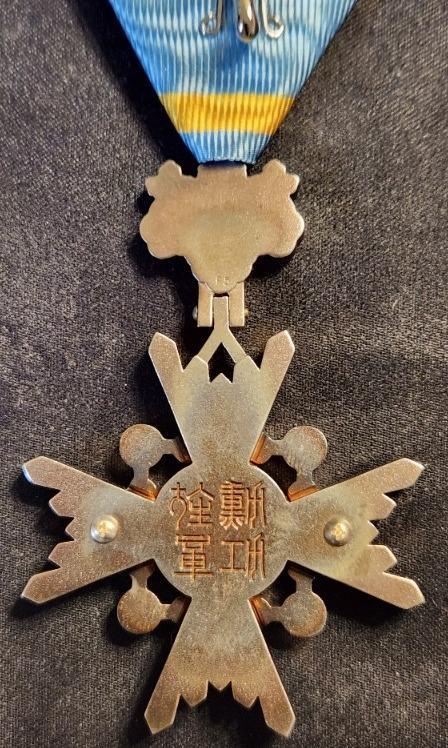
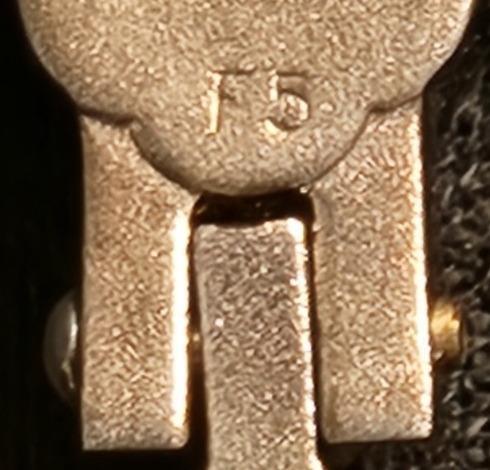
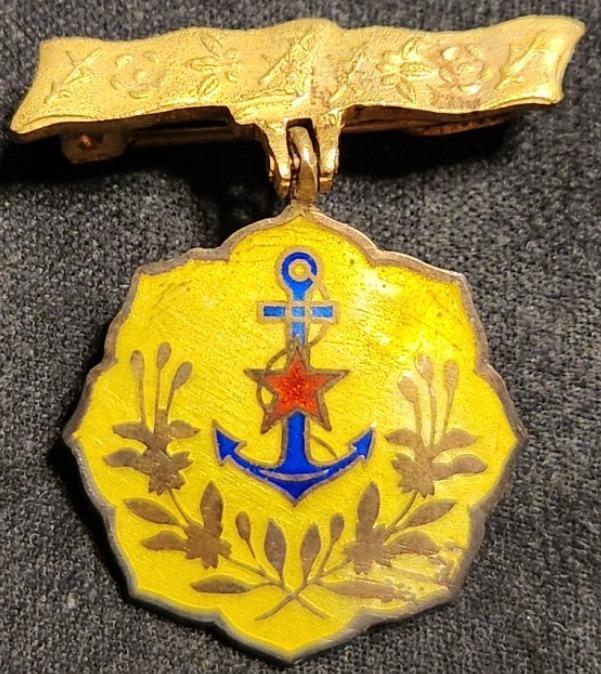
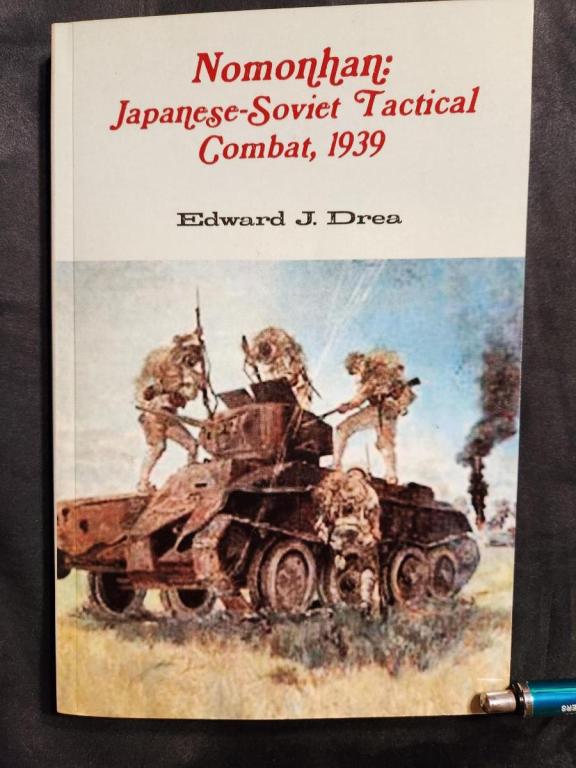
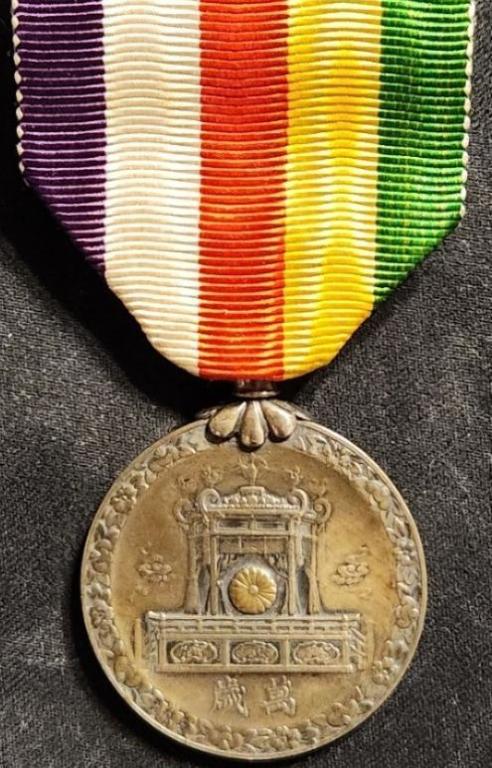
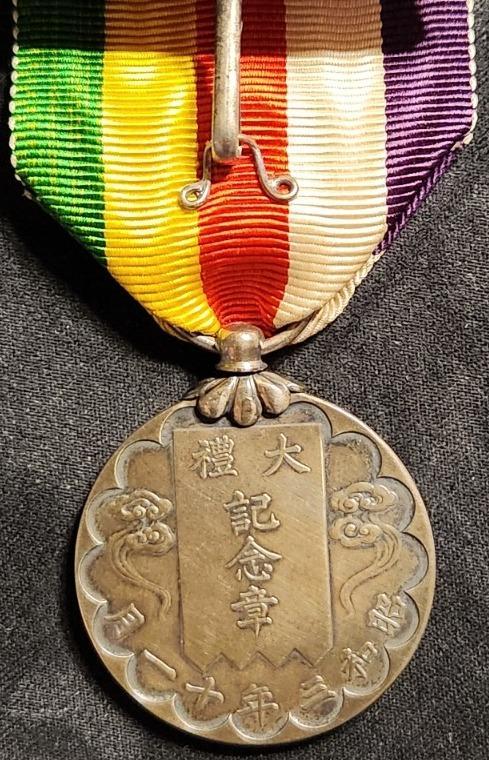

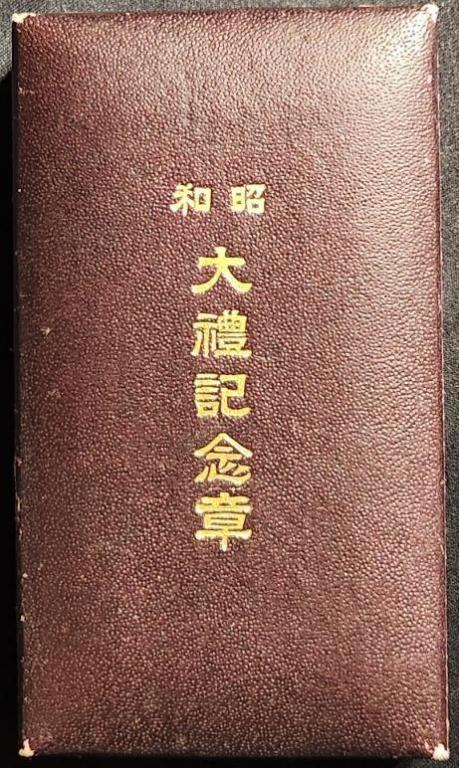
Labour Badges
in Japan
Posted
Over a year later I would like to add something to this thread. No new information, but my Labor Badge, with box, and a question.
The only information that I can find on this badge is from Rich Catalano’s old Dai Nippon site, via the Wayback Machine: https://web.archive.org/web/20200731053553/http://www.imperialjapanmedalsandbadges.com/laborbadge.html.
I find this badge beautiful in its simplicity. The badge measures 3 mm and the wooden box measures 76.2 mm in length and 63.5 mm in width. When this thread was first brought to my attention by Azyeoman I was enchanted with the badge. In particular, the goddess or god-figure in the center. She does not have a particularly friendly or benign look on her face. In fact, her expression is stern or outright harsh. In addition, I just can’t figure out or imagine what she is holding in her hands.
Here is my question: on the bottom of the box is handwriting that I at first assumed was Japanese but then thought it might be Korean, but am now unsure. If someone would be able to translate the writing, then I would be deeply appreciative.
Thank you.
Tracy
Obverse:
Reverse, with the inscription 勤労章, Labor Badge:
Box lid with the inscription 勤労章 in gilt:
Bottom of the inside of the box lid, with 製局幣造, Made by the Bureau of the Mint:
Finally, the bottom of the box. Any help translating this would be greatly appreciated: